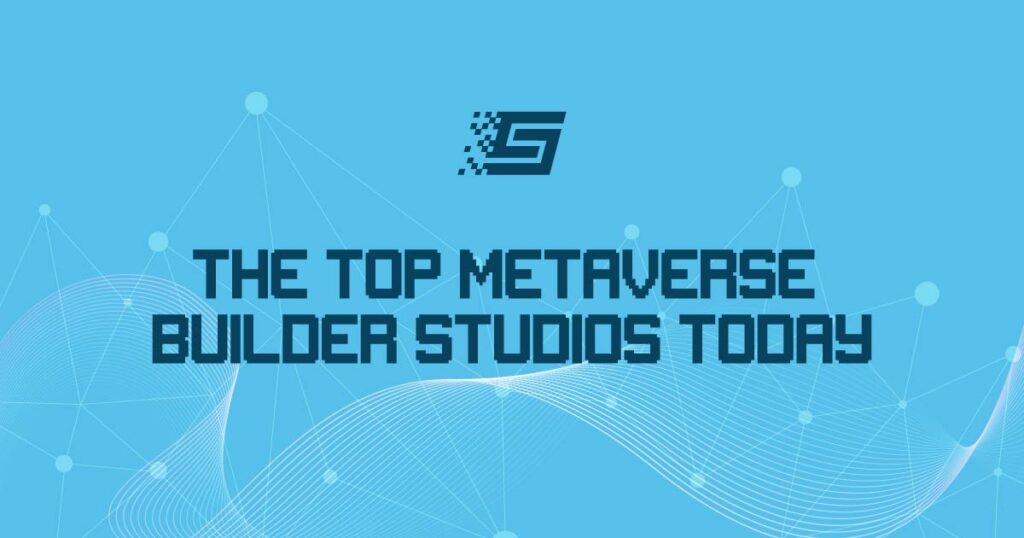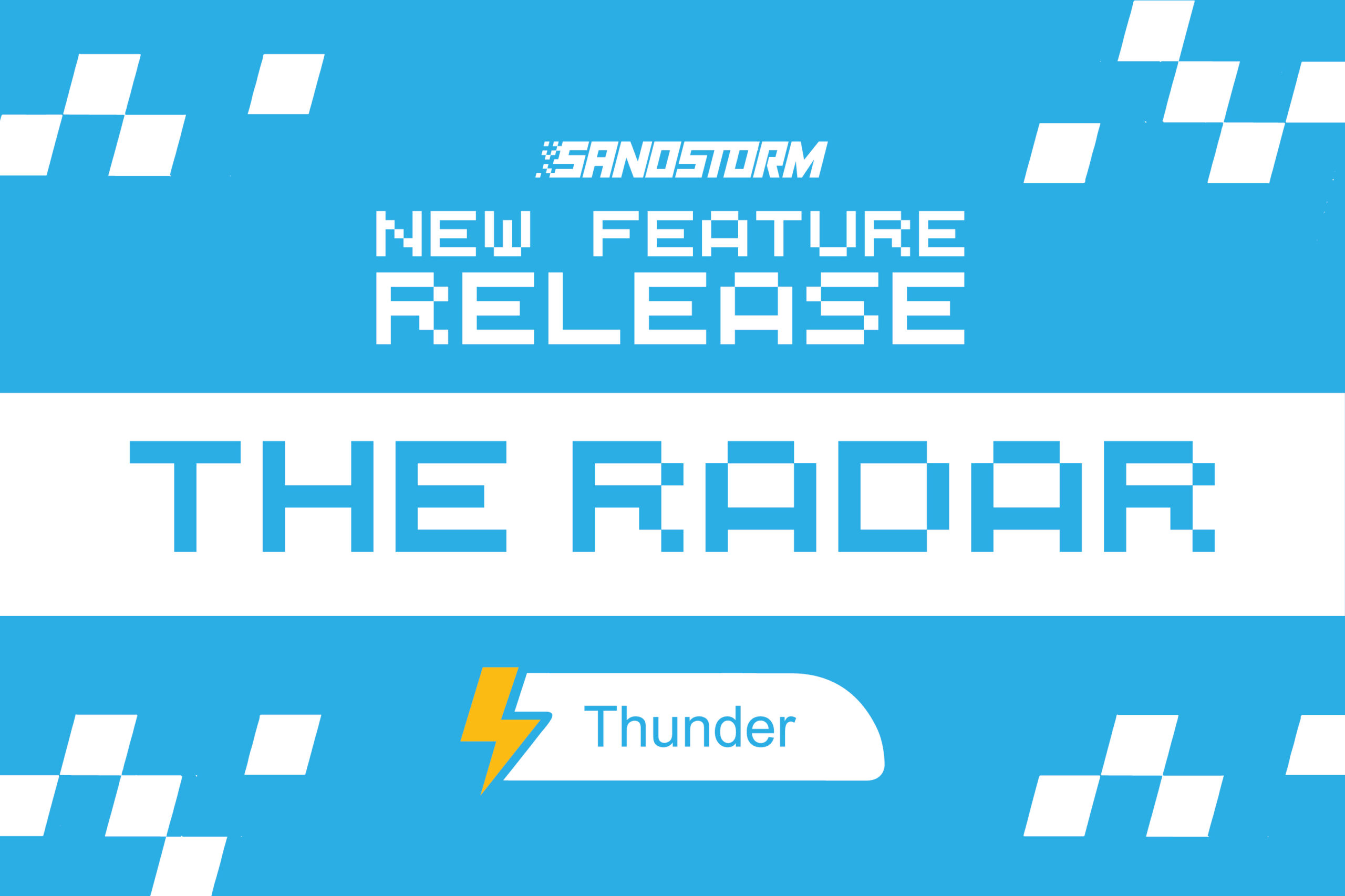Building Communities In The Metaverse
Metaverse Communities And Economies
The gaming ecosystem is all set to become more community-driven through decentralized tech, empowering creators and coders alike.
Since Satoshi Nakamoto launched Bitcoin (BTC) in 2009, people have talked in glowing tones about the transformative properties of the blockchain. Books have been written, endless panels and presentations have complemented its prospects, and costumed Bitcoin maximalists have flaunted newfound wealth from their trading success. But despite these commendations, the transformation into the widespread use of web3 tech has been slow.
Whether the delay was because of the global COVID-19 pandemic or just the time needed to create innovation is debatable. Nevertheless, we are on the cusp of change that helps to create new economies and different ways of human interaction.
With a powerful combination of game theory and blockchain technology, the metaverse has created tokenized incentivization in virtual worlds. For example, Decentraland has already started to revolutionize people’s lives and interactions. Many similar platforms are being built, and multiple cross-chain possibilities open up as the virtual economy grows in importance.
NFTs And The Gaming Industry
The term GameFi is used to describe the intersection between decentralized tech and the video game industry. Within this space, real value is being created.
NFTs (non-fungible tokens) allow players to own assets with tangible, real-world value. The tokens incentivize gamers to participate for long periods, allowing developers to create in-game economies.
These metaverse communities are based on the creativity and interactions of users as creators and owners.
Blockchain offers numerous advantages over the traditional video game industry:
Transparency: Making gamification mechanisms clear, transparent, and sometimes codified through a smart contract means users have greater trust and, therefore, invest more resources in terms of money and time.
Interoperability: Blockchain tech gives the possibility of creating portability of virtual items beyond the limits imposed so far.
Liquidity: It is now possible to trade assets outside of individual games. Autonomous automation with smart contracts enables multiple parties to interact with one another without human intervention.
NFTs can enhance player engagement and provide better gameplay experiences, thus increasing their value. Players can have agency within the games they love to play and can provide input on how these games will evolve.
Axie Infinity became prominent partly because of its social impact, helping to keep families out of poverty during the pandemic. Its player-created “scholar” program encourages community development, and it’s growing fast. It is a multi-billion-dollar, player-controlled game ecosystem.
BlackPool offers another example of an early DAO (decentralized autonomous organization) for NFT gaming and trading. The platform is community-driven, combining a passion for gaming and art with data analytics and machine learning; it provides returns for its users.
BlackPool has deployed its own Axie-like scholarship programs. These initiatives opened up new income streams for the excluded.
Blockchain enables participation, monetization, and also voting right within an economy. It is also possible with suitable interoperability to foresee the creation of networks of online communities as well as the exchanges and interactions among them.
Community First
The important thing here is that we are seeing a move from the standard “corporation first” model to a new “community first” model. The communities form around an idea or interest through engagement and collaboration with the community. Various concepts will then emerge out of the community. Really, it is “community first” and “community fast!”
These communities are of a decentralized nature and are community-governed. Designs can be submitted for voting on, and the work put forth that receives the highest number of votes from members of the community can ultimately get accepted as the final design.
When someone mints an NFT, the creators of the asset earn royalties from it for each transaction. This opens up unexplored terrain for monetizing creative knowledge and various other skills in the digital world.
The create-to-earn model allows creators to take full control of game studios and participate directly in the development of the game. It provides the community with the opportunity of making in-game assets, creating NFTs, and selling them on secondary marketplaces.
This powerful new emerging creator economy enables players and coders to liberate their ideas and improve the in-game experience while monetizing their intellectual capital, making the gaming ecosystem more community-driven. Content creators are incentivized to improve the overall playing experience, and anyone with basic coding skills can contribute.
This will also drive social networks to emerge between creators and fans. The attention economy will effectively be replaced through social tokens in the metaverse, bringing a new and immersive fan-run economy.
Social tokens based around a brand, influencer, or community provide further monetization opportunities for celebrities and communities themselves. Bi-directional relationships between creators and consumers will benefit both sides.
These web3 communities are collaborating, evangelizing, and creating tribal network effects. They all help each other drive the value of their respective platforms.
Digital communities are forming networks through “tokenomics.” The token economies grow as more players use or promote the community, strengthening the game and underlying blockchain. The players of the game are the stakeholders. This creates the data infrastructure that allows for a harmonized, interconnected metaverse and further enables tokenized NFTs to include digital data rights, as well as storage, tracking, and enforcement of those data rights effectively.
We are still at the beginning of this transformation. The future lies in the hands of innovators and creators and also the communities that support them. The communities are the new tribes of the virtual realm, and the only limit to what is possible is your imagination.


